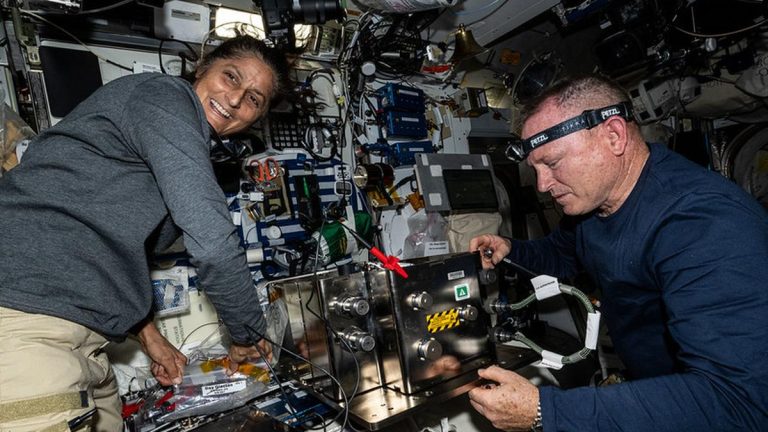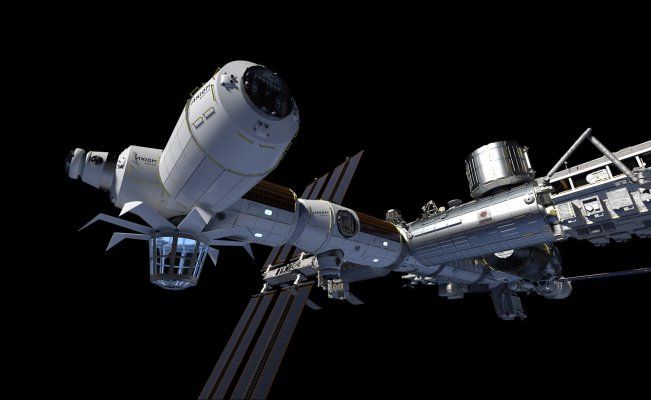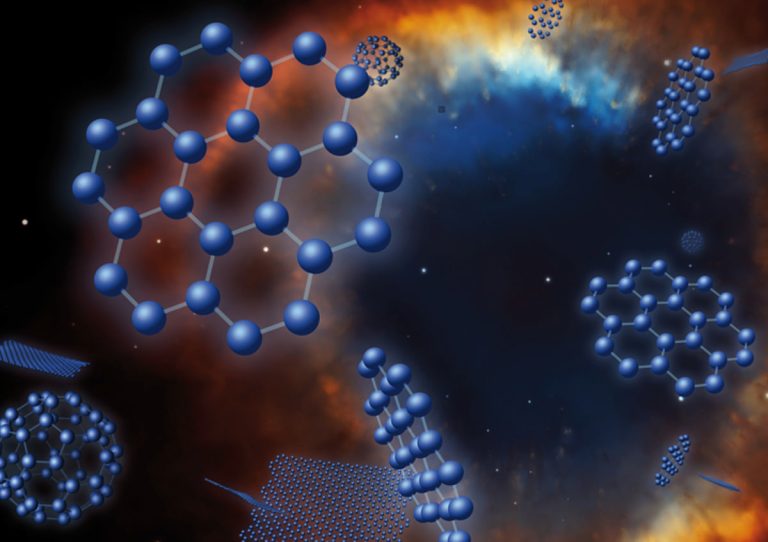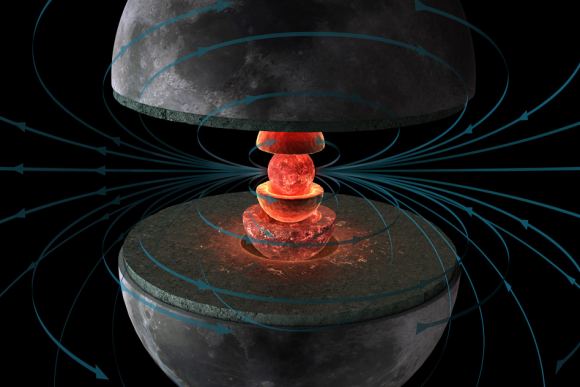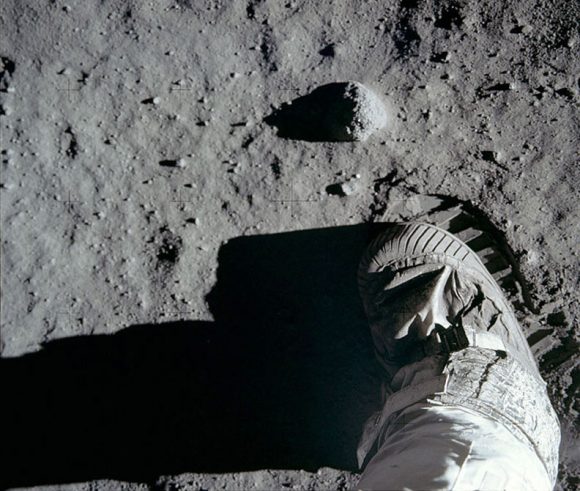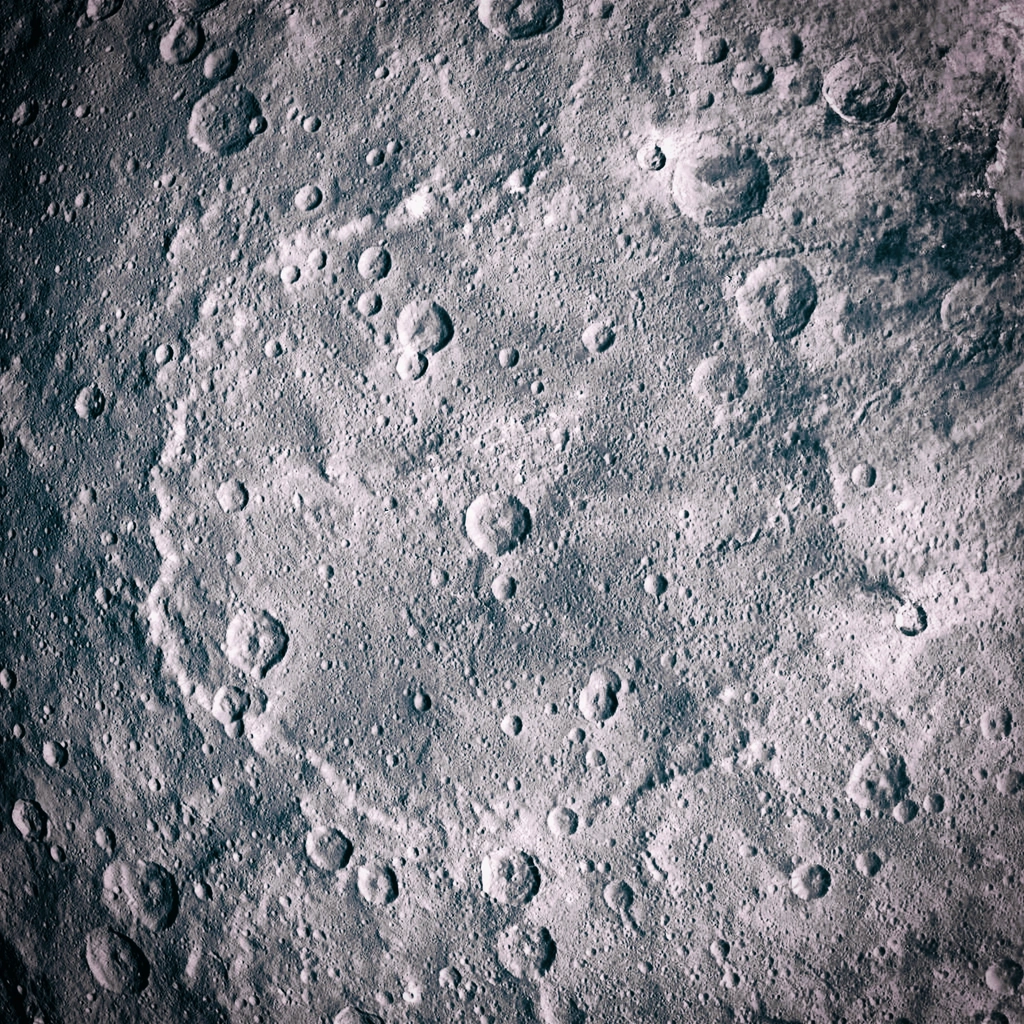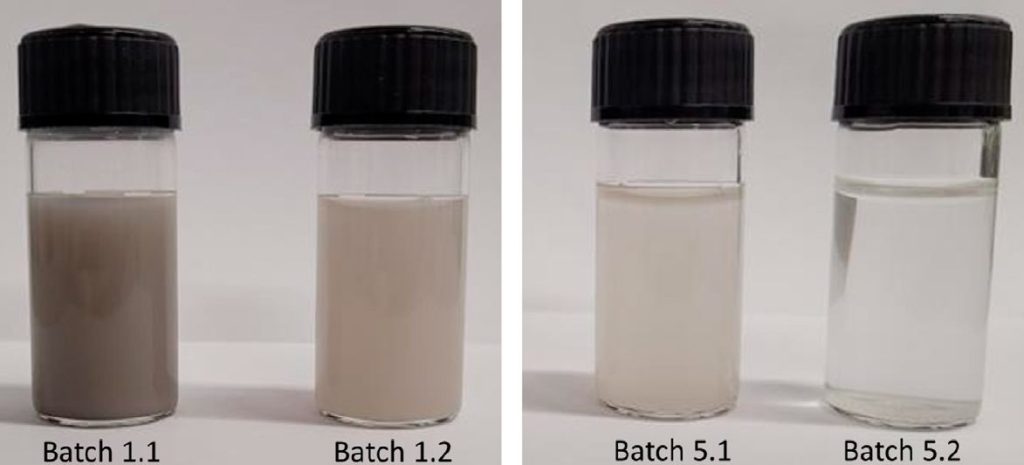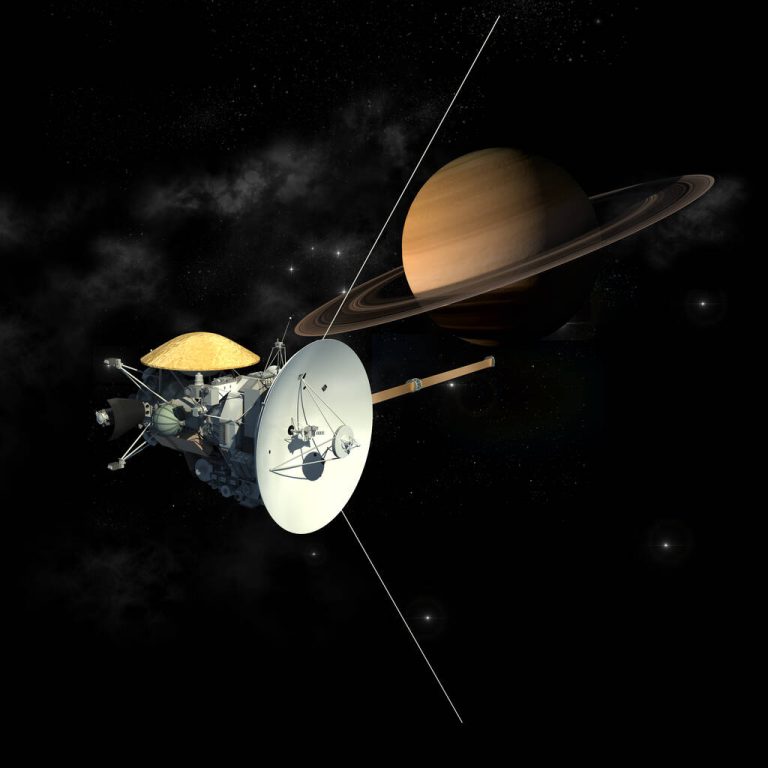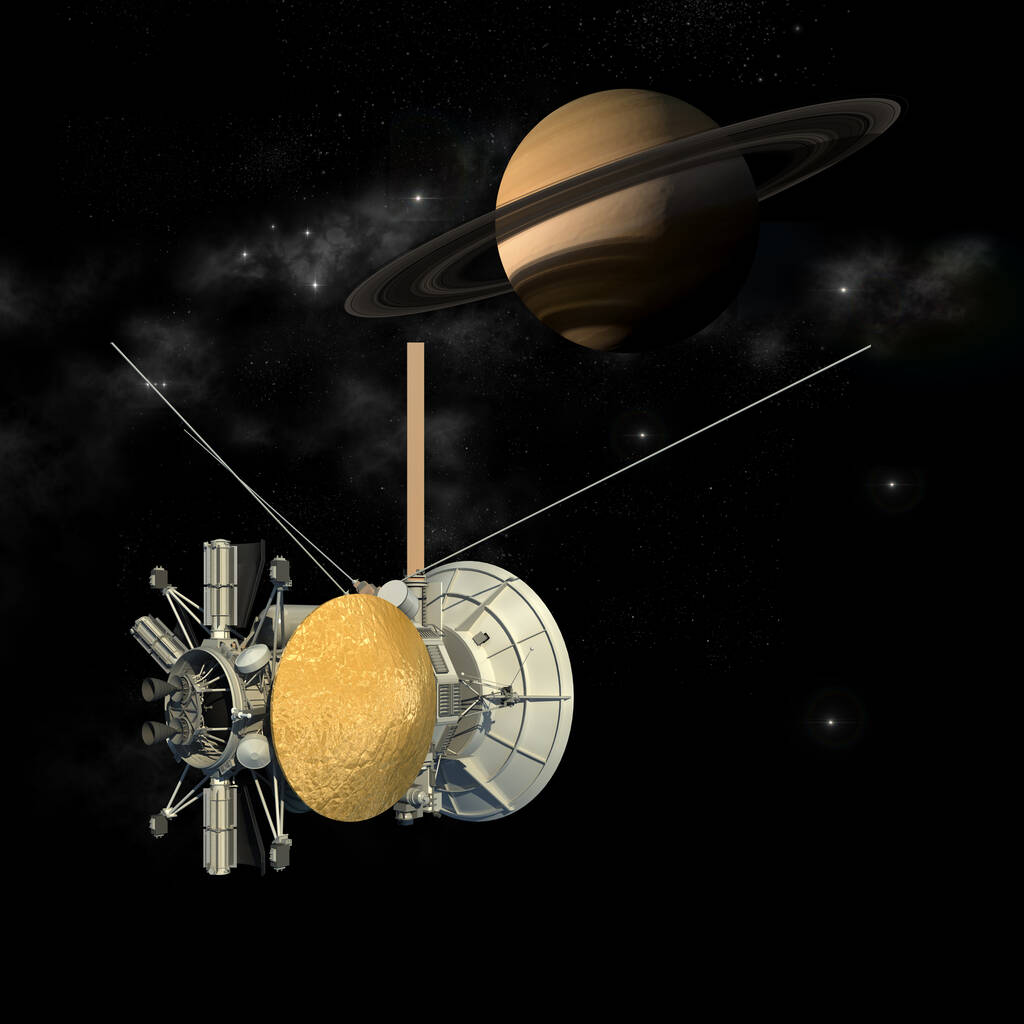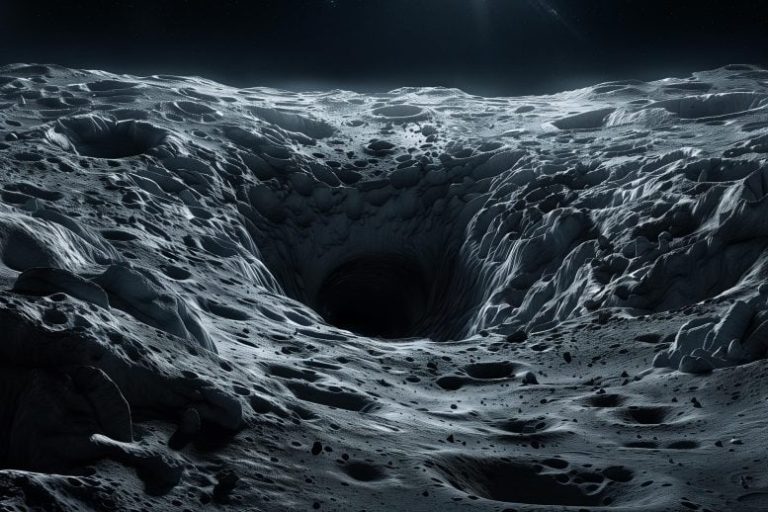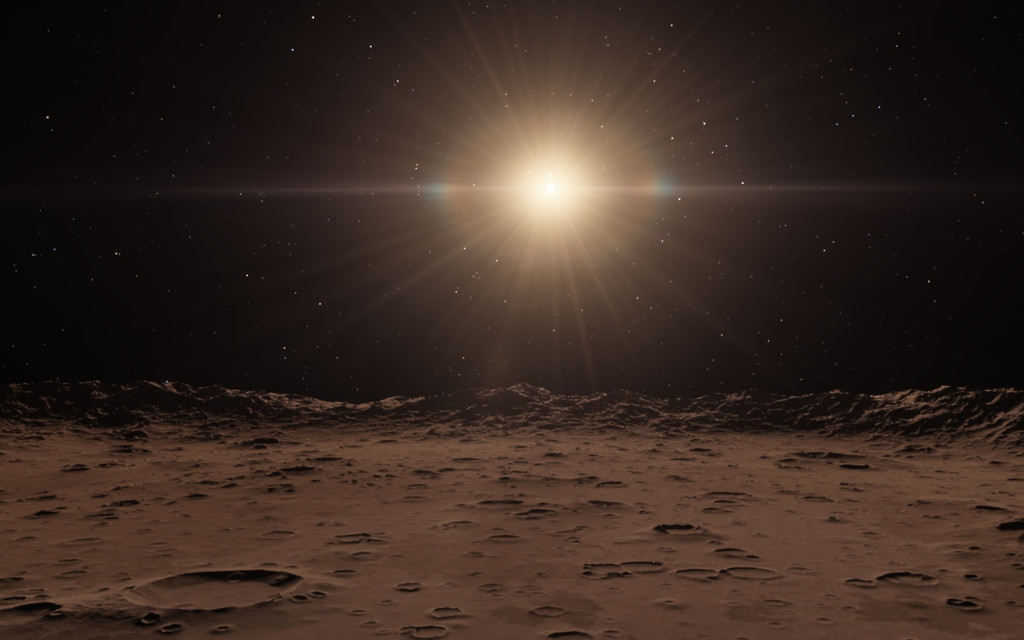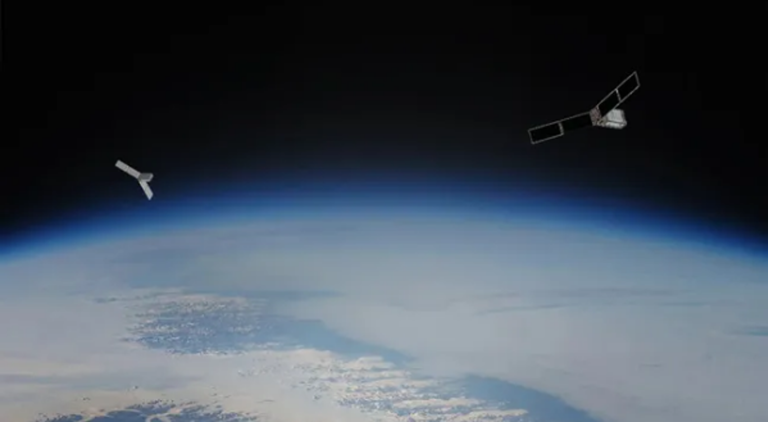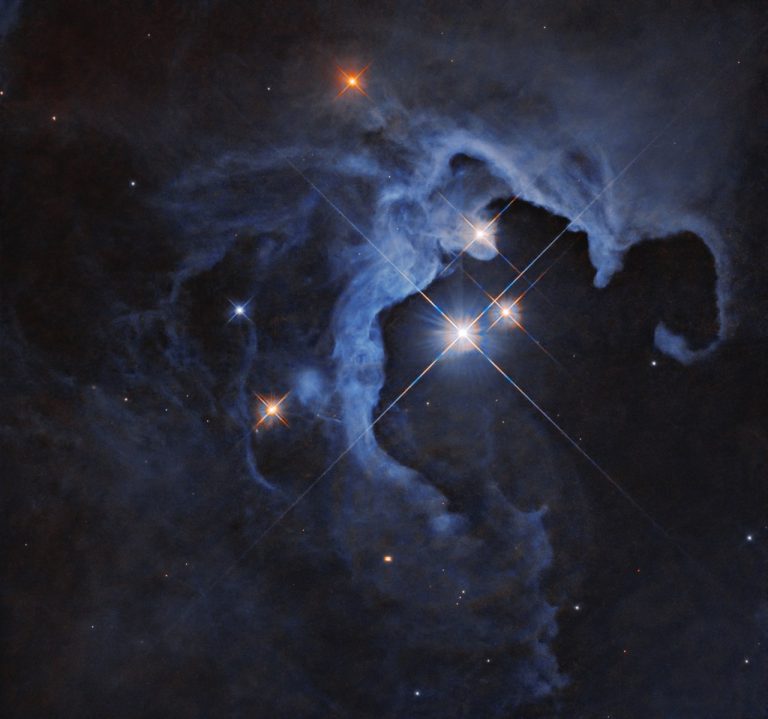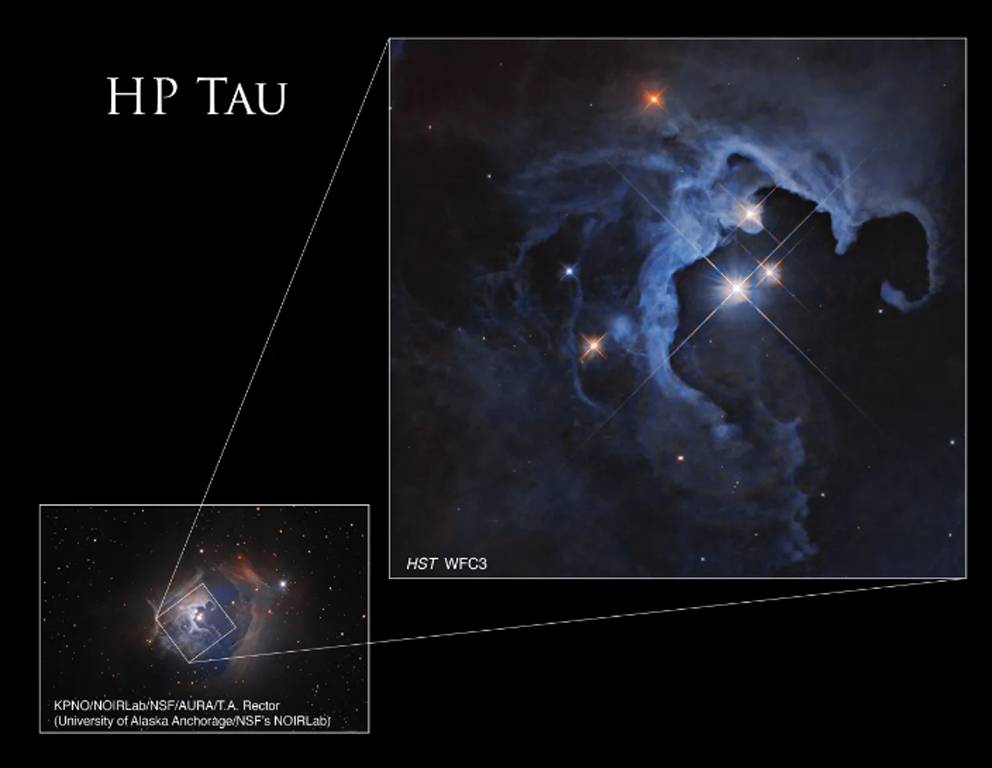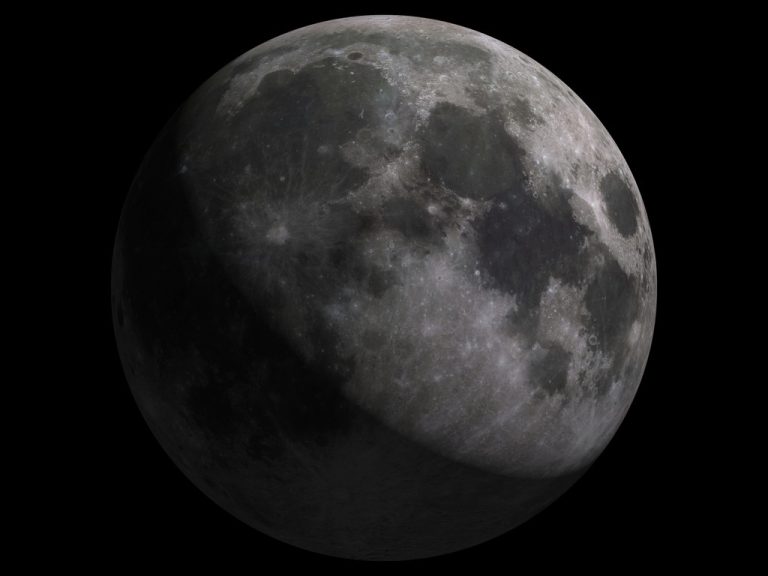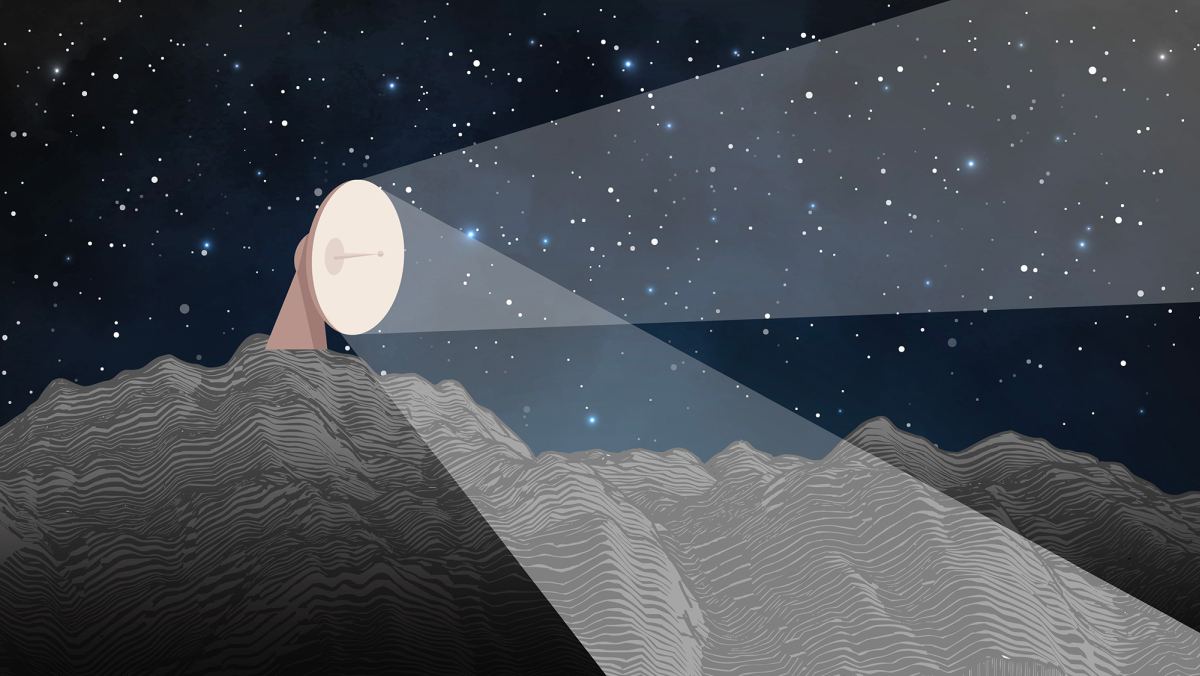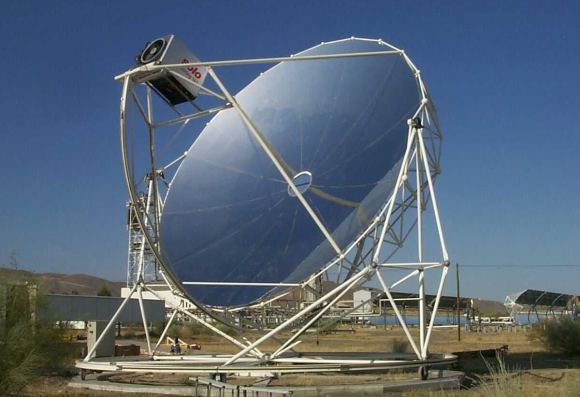What Spaceflight Does to the Human Body: A Detailed Breakdown
Spaceflight exposes the human body to a unique and harsh environment, resulting in various physiological changes. The most significant effects include muscle decline, bone density loss, vision impairment, and psychological stress. However, ongoing research and countermeasures aim to reduce these impacts to ensure the safety and well-being of astronauts on long-duration missions.
Summary
- Space begins at the Karman line: 100 km above sea level.
- Microgravity effects: Leads to bone density loss, muscle atrophy, and fluid redistribution.
- Radiation exposure: Increases cancer risk and can cause acute radiation sickness.
- Psychological stress: Results from isolation, confinement, and distance from Earth.
- Vision changes: Due to fluid buildup in the head, leading to Spaceflight-Associated Neuro-Ocular Syndrome (SANS).
- Heart and blood changes: Include heart muscle weakening and decreased red blood cell count.
- Countermeasures: Regular exercise, diet adjustments, and psychological support.
- Ongoing research: Focuses on understanding genetic changes and developing better health monitoring tools.
- Long-duration missions: Pose greater risks and require more robust safety measures.
Main Article
Spaceflight represents one of the most challenging environments for human beings. As we push further into the cosmos, understanding the impact of space on the human body becomes increasingly crucial. This article delves into the various ways spaceflight affects human physiology, the countermeasures in place, and the ongoing research aimed at ensuring astronaut safety on future long-duration missions.
What is Space?
Space is not easily defined, especially near Earth, where conditions transition gradually from “earth-like” to “space-like.” Generally, space begins at the Karman line, 100 km above sea level, where the atmosphere thins out significantly. Above this line, the conditions of microgravity and exposure to cosmic radiation dominate, posing unique challenges to human health.
The Microgravity Environment
In space, the absence of gravity, or more accurately, the experience of microgravity, has profound effects on the human body. On Earth, gravity exerts a constant force that shapes our bodies’ structure and function. In microgravity, the body begins to adapt to the lack of this force in several ways:
- Bone Density Loss: Without the need to support the body’s weight, bones lose minerals, leading to a reduction in bone density. This can increase the risk of fractures and the development of kidney stones due to the release of calcium into the bloodstream (Nature Medicine, 2022).
- Muscle Atrophy: Muscles, especially those used for posture and movement, begin to atrophy due to lack of use. This can result in decreased strength and endurance (NASA Human Research Roadmap, 2022).
- Fluid Redistribution: Fluids in the body shift towards the head, leading to facial puffiness and increased pressure in the skull. This is a contributing factor to vision changes experienced by many astronauts.
Radiation Exposure
Space radiation is a significant concern for astronauts. Unlike Earth, which is protected by its magnetic field and atmosphere, space offers little protection from cosmic rays and solar radiation. Prolonged exposure to this radiation can:
- Increase Cancer Risk: The high-energy particles can damage DNA, potentially leading to cancer (Science, 2023).
- Cause Acute Radiation Sickness: In the event of a solar flare or other intense radiation events, astronauts could experience symptoms such as nausea, vomiting, and fatigue (Nature Communications, 2024).
To reduce these risks, spacecraft are designed with radiation shielding, and mission durations are carefully planned to limit exposure.
Psychological Stress
Spaceflight is not only physically demanding but also psychologically challenging. The isolation, confinement, and distance from Earth can lead to significant mental health issues, including:
- Fatigue: The disrupted sleep patterns and demanding work schedules can lead to chronic fatigue.
- Loss of Morale: Being away from family and friends, combined with the high-stakes environment, can result in low morale.
- Helplessness: Astronauts may feel powerless to assist their loved ones on Earth, leading to feelings of guilt and helplessness.
NASA and other space agencies have developed psychological support protocols to help astronauts cope with these challenges. These include regular communication with family, structured work schedules, and access to mental health professionals (The Hindu, 2024).

Vision Changes and Spaceflight-Associated Neuro-Ocular Syndrome (SANS)
One of the most concerning effects of spaceflight is the impact on vision. Around 20% of all astronauts, and 70% of those involved in long-duration missions, develop Spaceflight-Associated Neuro-Ocular Syndrome (SANS). This condition is characterized by:
- Fluid Buildup: Increased fluid in the head causes pressure on the eyes, leading to changes in vision (Nature Communications, 2024).
- Flattened Eyeballs: The shape of the eyeball can change, leading to farsightedness.
- Optic Disc Edema: Swelling of the optic nerve can occur, potentially leading to long-term vision issues (Nature Medicine, 2022).
Researchers are exploring countermeasures, such as lower body negative pressure suits and medications to manage intracranial pressure. However, more research is needed to fully understand and mitigate this condition.
Heart and Blood Changes
The cardiovascular system also undergoes significant changes in space. In the absence of gravity:
- Heart Muscle Weakening: The heart doesn’t have to work as hard to pump blood, leading to a reduction in muscle mass (Nature Communications, 2024).
- Decreased Red Blood Cell Count: Known as “space anemia,” this condition is caused by the destruction of red blood cells at a rate higher than on Earth (Science, 2023). A 2022 study in Nature Medicine quantified this loss but did not pinpoint the exact cause (Nature Medicine, 2022).
Astronauts’ diets are adjusted to ensure they receive the necessary nutrients to combat these changes, and regular cardiovascular exercise is mandatory to maintain heart health.
Countermeasures: Exercise, Diet, and Mental Health Support
To counteract the negative effects of spaceflight, space agencies enforce strict protocols for exercise, diet, and psychological support:
- Exercise: Astronauts spend at least two hours a day exercising to maintain muscle mass and bone density. Equipment like treadmills, resistance machines, and stationary bikes are crucial to these routines.
- Diet: Nutrition is carefully monitored, with diets rich in calcium, vitamin D, and iron to support bone health, red blood cell production, and overall well-being.
- Mental Health Support: Regular communication with family, structured work schedules, and access to mental health professionals help astronauts manage stress and maintain morale (NASA Human Research Roadmap, 2022).
Ongoing Research and Space Omics
Despite decades of space exploration, much remains unknown about the long-term effects of spaceflight. Recent studies have begun to explore these effects at the genetic level through a field known as “space omics.” A key study in this area was NASA’s Twins Study, where scientists compared the health of identical twins, Mark and Scott Kelly, after Scott spent a year in space. The study revealed:
- Gene Expression Changes: Approximately 8,600 genes were expressed differently between the twins, shedding light on the molecular changes induced by spaceflight (Nature Communications, 2024).
- Potential Therapeutic Pathways: Understanding these genetic changes could lead to the development of therapies and lifestyle recommendations to better protect astronauts’ health (Science, 2023).
Other international efforts, such as Japan’s KAKENHI program and Europe’s Space Omics Topical Team, are working to develop tools and methods to study the biological responses to space. The ultimate goal is to create guidelines and protocols that ensure the safety and well-being of astronauts on future missions.
Table 1: Summary of Spaceflight Effects on the Human Body
| System/Organ | Effect | Countermeasure |
|---|---|---|
| Bones | Density loss, increased fracture risk | Weight-bearing exercises, calcium-rich diet |
| Muscles | Atrophy, reduced strength | Regular resistance and cardiovascular training |
| Vision | Changes, SANS | Lower body negative pressure, medications |
| Heart | Weakening, reduced muscle mass | Cardiovascular exercise, nutrition adjustments |
| Blood | Decreased red blood cell count | Iron supplements, regular health monitoring |
| Mental Health | Stress, fatigue, isolation | Psychological support, regular communication |
Table 2: Ongoing Space Research Projects
| Project/Study | Focus | Key Findings |
|---|---|---|
| NASA Twins Study | Genetic and molecular effects of spaceflight | Significant gene expression changes |
| Space Omics Program | Biological responses to space environment | Development of space-specific health guidelines |
| KAKENHI Program | Space biology and physiology | Exploration of space-induced genetic changes |
Conclusion
As space agencies prepare for more extended missions beyond low Earth orbit, understanding and reducing the effects of spaceflight on the human body remain crucial. Through rigorous research, advanced countermeasures, and ongoing support, space agencies aim to protect astronauts’ health and ensure their successful return to Earth, ready for the next frontier.

